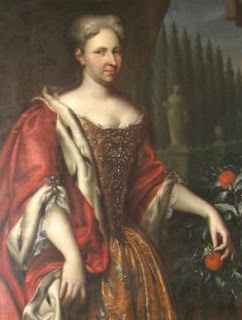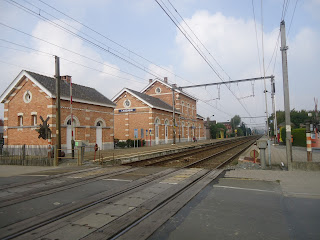30 October 1794 Prince Frederick of Prussia

Prince Friedrich Wilhelm Ludwig of Prussia (in English: Frederick) was born on October 30th. 1794. His parents were Prince Louis Charles of Prussia and Duchess Frederica of Mecklenburg-Strelitz (who became later Queen of Hanover). From 1815, the Prince served as Commander. He lived in a Palace in the Wilhelmstrasse (Berlin). Love and Marriage There were noble candidates who wanted to marry him, inter alia Princess Charlotte of Wales (who would later marry Prince Leopold of Saxe-Coburg-Saalfeld). The pair met each other several times. However Prince Frederick was suddenly engaged to Princess Louis of Anhalt-Bernburg (daughter of Alexius Frederick Christian, Duke of Anhalt-Bernburg). The two married on November 21st. 1817. They would have two sons. In 1855 Prince Frederick would live separated from his wife, due to her chronic nervous disease. Although each year at their common birth day, he visited his wife in Düsseldorf. Duty In 1820 Prince Frederick bec














